By Stephen Beaumont
Travel with me back to 1983 Ontario. The beer market was utterly dominated by Molson, Labatt, and Carling O’Keefe – remember Carling before its merger with Molson? – with only a handful of regional players like Northern Breweries and Amstel challenging the Big Three’s dominance.
Changes were, however, afoot. Out in British Columbia, a pair of brewpubs, Horseshoe Bay Brewing and the Prairie Inn, had opened up, although due to an oddity in the law of the time, each had its brewery housed in an out building rather than within the pub (The pub at Horseshoe Bay was called Trollers.) Others were in planning.
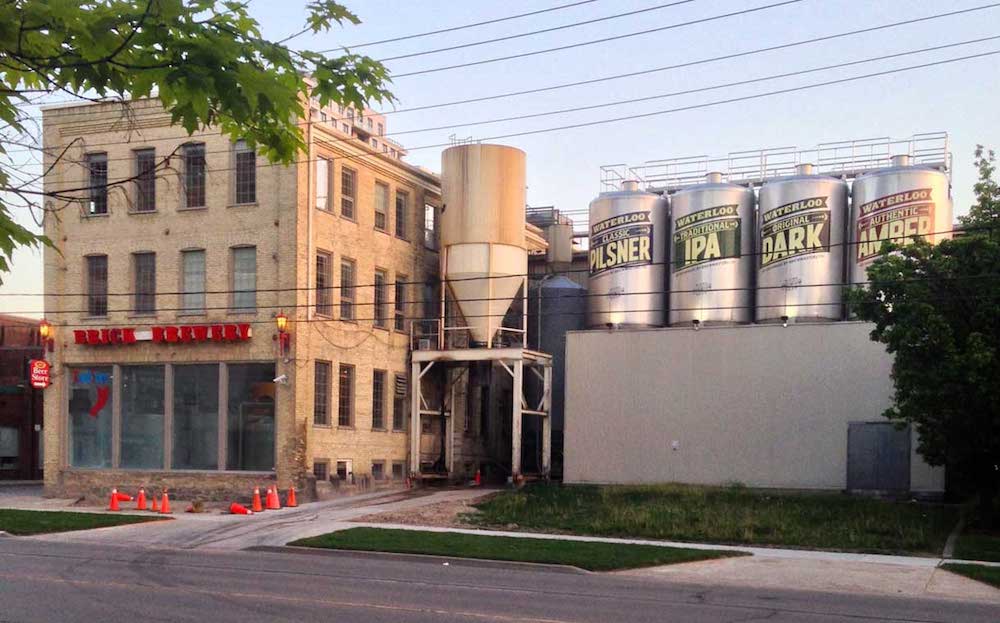
Several of those plans came to fruition in 1984, with the opening of Spinnakers and Granville Island in B.C., Big Rock in Alberta, the Granite Brewery in a Halifax bar called Gingers – which actually opened in January of the following year – and on the December birthday of its founder, Jim Brickman’s Brick Brewing in Waterloo.
The stimulus for these brewery openings, and many of those that would follow, was the growing homogenisation of the beers put out by the Big Three, growing steadily ever since a clever marketer decided a decade earlier that the best way to sell beer was by emphasizing a lifestyle associate with the brand, rather than the beer’s actual flavour. People like Brickman saw a gap opening up in the market and decided to fill it with beer that tasted, well, rather different from the mass market brands.
In Ontario, Brick was closely followed by Guelph’s Wellington County Brewery and Toronto’s Upper Canada Brewing, and a little further on, Creemore Springs Brewing. Of that original quartet, only Wellington continues to operate in its original form, Brick having morphed into Waterloo Brewing, Upper Canada sold to Sleeman and then shut down, and Creemore sold to Molson, now Molson Coors. Brewpubs arrived a bit later on, with the Atlas Hotel in Welland and the Kingston Brewing Company racing each other to the finish line in 1986. (The Atlas won.)
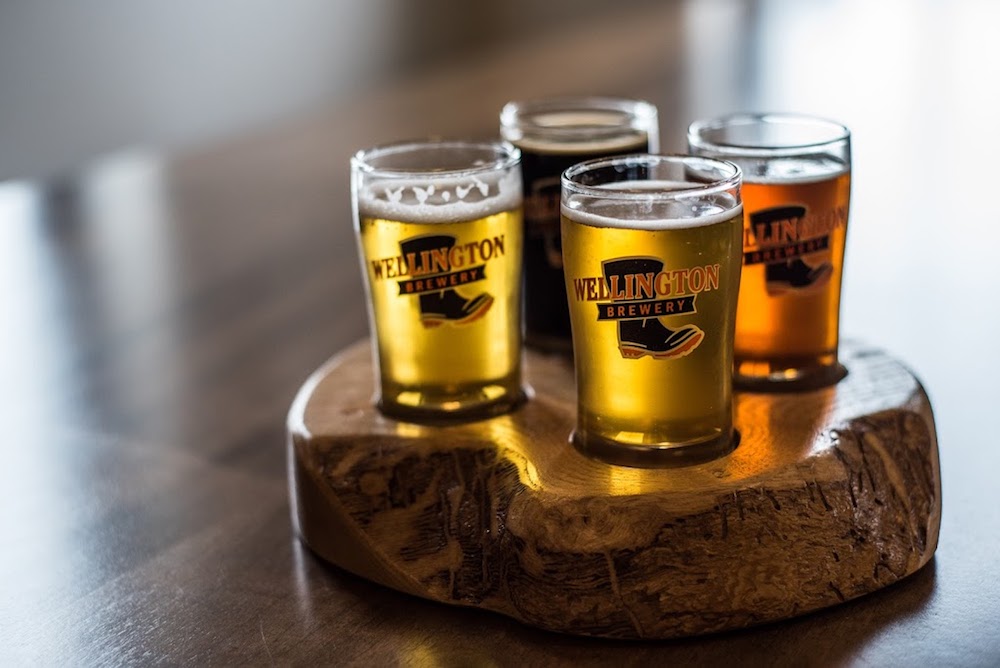
By the time I penned the final words of my first book, 1994’s Great Canadian Beer Guide, there were 74 breweries and brewpubs scattered across Canada, a small number relative to today’s more than 1,200, but a sea change from just a decade earlier. The pioneers behind those original operations set the stage for the abundance of beer choice we enjoy today.
(Unfortunately, many of those original breweries did not survive, including a pair of Niagara’s best: Niagara Falls Brewing, sold to Moosehead in 2004 and eventually renamed Hop City and relocated to Brampton, and the producer of what was once the best damn lager in the province, Mike Driscoll’s Sculler Brewing in St., Catharines, which closed down even before I could get it into the Beer Guide.)
What occurred from 1984 to 1994 paled before the growth that would take place over the next half-dozen years. By the time I began compiling the second edition of the Great Canadian Beer Guide in 2000, the number of breweries had far more than doubled and spread to every province and even the Yukon. From being oddities occasionally found at better bars and beer stores, what had been rechristened ‘craft beers’ – much better than the former ‘microbrews’ – had started to appear in all segments of ordinary life, from chain restaurants to suburban backyard barbecues.
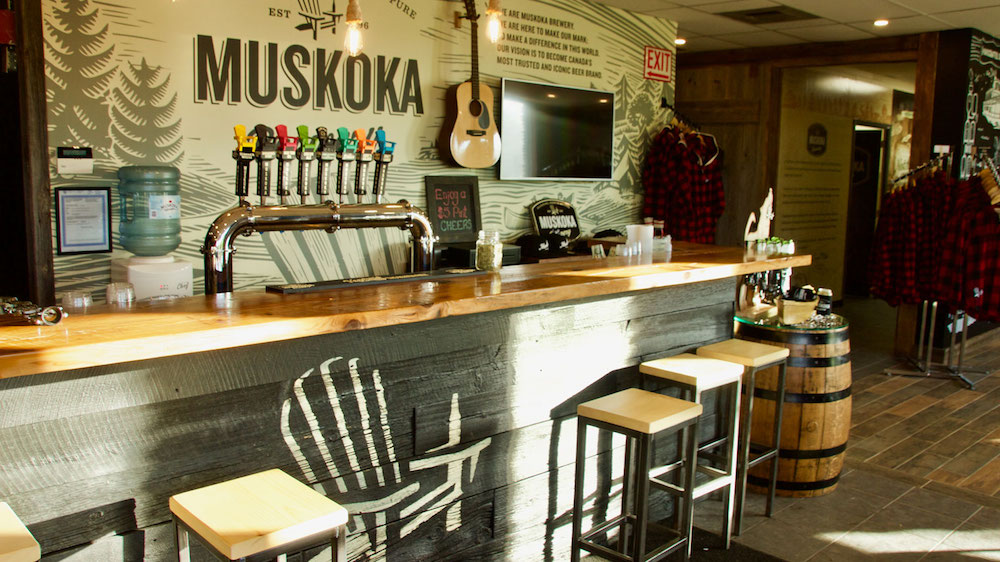
Among the now-familiar Ontario names that started operations during that period are: Black Oak Brewing; Steam Whistle Brewing; Lakes of Muskoka Cottage Brewery, now Muskoka Brewing; Walkerville Brewing; and Church Key Brewing, one of the last brewery hold-outs that stubbornly refuses to package its beer in cans. Some that did not make it included: the Conners Brewery, born in Mississauga and relocated in turn to Toronto and St. Catharines; the Ottawa Valley’s Hart Breweries; and Taylor & Bate in St. Catharines; and Hamilton’s notorious discount brewery, Lakeport Brewing, whose brands live on within the Labatt portfolio.
By the turn of the century, Canadian beer was in the midst of a dramatic evolution, as a growing cohort of beer drinkers discovered that there were more beer styles than lager and ‘light,’ and that beer’s flavours ranged well beyond the rather singular taste of such best-selling brands as Canadian and Blue.
But more on that in Part II later this month.
Five important ‘microbrews’
from the early days that you
can still buy today
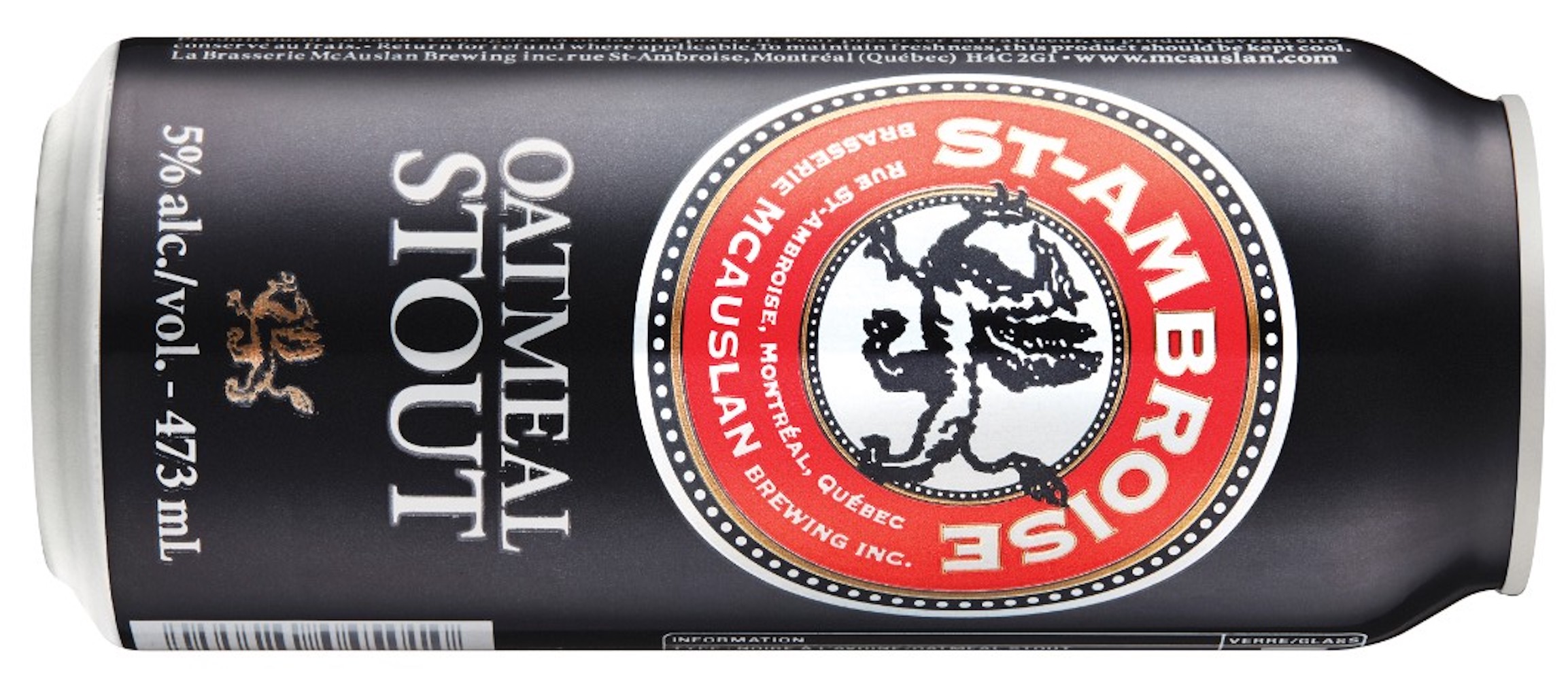 St. Ambroise Oatmeal Stout (5%): Ontarians aren’t big consumers of black beers like stout and porter, but the Québécois are a bit different in that regard, as evidenced by the enduring popularity of this outstanding entry from one of that province’s earliest microbreweries. Rich, round, silky smooth, with notes of coffee, chocolate, porridge, and plum, it is an exemplary expression of its style.
St. Ambroise Oatmeal Stout (5%): Ontarians aren’t big consumers of black beers like stout and porter, but the Québécois are a bit different in that regard, as evidenced by the enduring popularity of this outstanding entry from one of that province’s earliest microbreweries. Rich, round, silky smooth, with notes of coffee, chocolate, porridge, and plum, it is an exemplary expression of its style.

Wellington Arkell Best Bitter (4%): One of Wellington’s two original beers, this was made to be served as a cask-conditioned pub ale – and is still best appreciated that way! – but has through circumstance seen a number of other packages, including green PET bottles and, much more reasonably and sensibly, cans. In any form, it is a solid bitter built in the English tradition with gentle fruitiness and a floral, leafy finish.
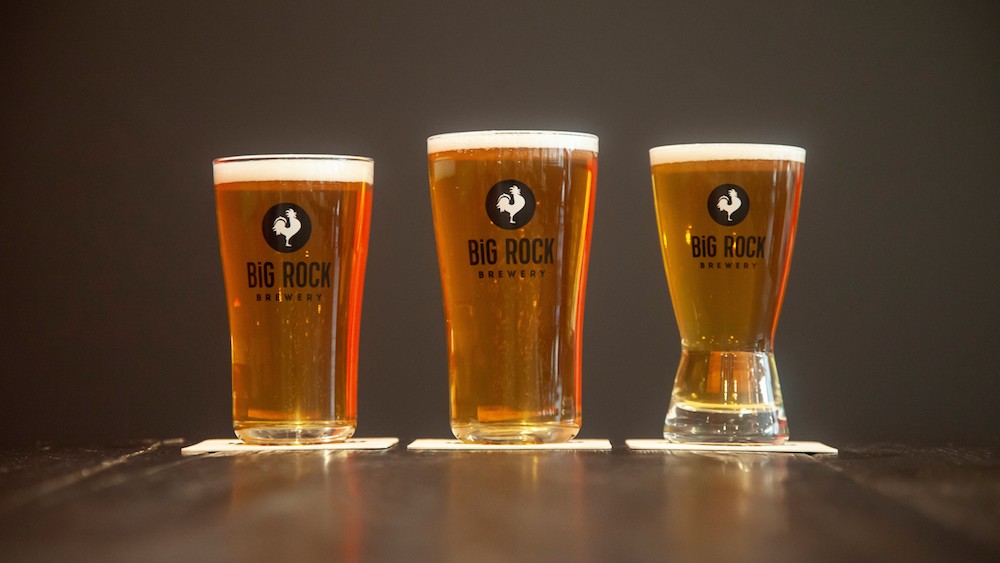
Big Rock Traditional Ale (5%): Universally known as ‘Trad,’ this has been brewed for the entirety of Big Rock’s existence, and as such a constant presence is easily overlooked. It shouldn’t be, though, as I discovered to my shame in 2017 when I revisited this fruity, nutty, lightly caramel-ish and vaguely floral brown ale and declared it to be “relatively straight-forward, well-made and, frankly, pretty damn tasty.” It was, and is.
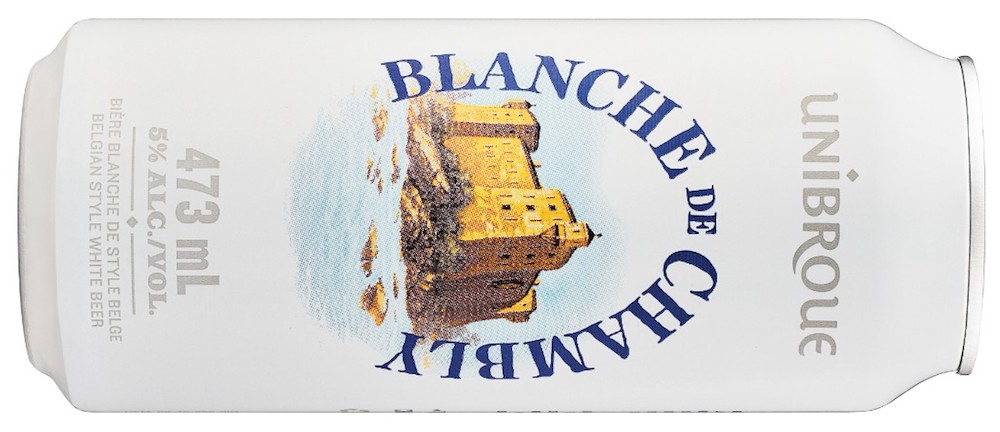
Unibroue Blanche de Chambly (5%): Belgian-style wheat beers might be fairly common today, but when the former Massawippi Brewing Company, newly christened Unibroue by hardware magnate and purchaser André Dion, brought this out in the early 1990s, it was a beer of a very different sort. Light, spicy, sublimely refreshing, and just about the ideal first beer of the day, it remains very much today the game-changing delight it was back then.

Sleeman Cream Ale (5%): Perhaps not every craft beer fan’s cup of tea, or pint of beer, Sleeman Cream was nonetheless a foundational beer in two regards. First, it was and is very much on-point in terms of its style, the only popular beer style considered native to the northeast of this continent. And secondly, it was the first Ontario craft beer, or ‘microbrew,’ to achieve wide-spread commercial popularity, sort of an Upper Canadian version of Samuel Adams Boston Lager. Put those two achievements together and it makes sense to give the mildly bitter thirst-quencher another try.
About Stephen Beaumont
Stephen Beaumont is one of the world’s leading writers on beer and spirits, with 15 books to his credit, including Canadian Spirits: The Essential Cross-Country Guide to Distilleries, Their Spirits, and Where to Imbibe Them (with Christine Sismondo) and the upcoming, fully revised and updated third edition of The World Atlas of Beer (with Tim Webb).






Comment here